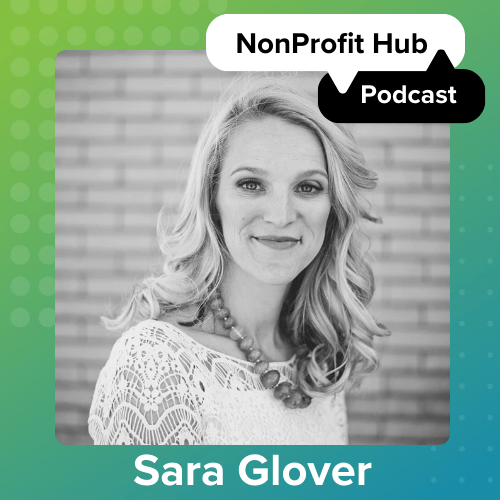Here’s the truth about data: it’s mostly fluff.
That’s right, most data is easy to gather, inspiring, rapidly-changing… and tells you nothing at all. At least, nothing by itself.
The biggest rule of data: measurement only matters if it changes the way you act.
I’m going to talk about the three best ways for nonprofits to use data and how to collect data that actually matters. What you do with it afterwards is up to you.
Now, I don’t want you to think I discriminate unfairly. I’m not going to use the common “vanity metrics” slur. The stuff we like to measure, the easy stuff, those things matter too! Our Facebook page’s likes, our retweets, bounce rate, page views and event attendance can all be important data.
But only as far as they relate to these three areas. If our basic metrics aren’t attached to bigger, more meaningful metrics, knowing them doesn’t help us at all.
1. Mission Impact Data
Also known as “fulfilling your promises.”
Take a look at your mission statement. It is a promise. What other promises are you making as part of it? What promises do you want to be able to make in the future?
Your programs and mission are creating some kind of an impact. Mission impact data happens when you create systems to measure that impact.
Why it matters:
Data about your impact is essential. It improves fundraising. It creates trust and credibility.
This is true not only for those outside your organization, but for your team. How much of your mission impact can you prove to yourself, instead of by faith or anecdote? What do you hope you’re achieving but can’t be certain of? Clarifying these things helps motivate you and your constituents.
How to get it:
We all have opportunities to grab data but don’t make the most of them. Track your existing data: the number of people you serve, the deliverables of your programs (and their dollar value) as well as much impact a donation translates to. The biggest barrier here is simply starting to measure, even if you’re only estimating for.
2. Failure Data
Failure is underrated. The more often you fail, the more new things you’ve tried.
The problem with most data collection is that you will always succeed if your only goal is to “see what happens,” “look at the data” or “observe.” It’s impossible to fail, and it’s also impossible to make big strides in learning.
Instead, identify assumptions and create hypotheses in advance.
- The Learn Startup model: build something, measure the impact and learn.
Why it matters:
If you don’t set a hypothesis and create an experiment, when you look at your data, you’ll have no idea how to improve. More importantly, if your metrics rise or fall, you won’t know what caused that change. It’ll all be guesswork. If you make a theory and you end up being wrong, you know something about improving.
How to get it:
First, figure out what you need to learn. Then design an experiment or project to get data that will allow you to confirm or disconfirm your specific hypothesis. Then analyze the new data.
An example hypothesis: “Tweaking this program in this way will make 10% greater revenue or create 10% less costs upfront.” Do it and see if you’re right. Either way, you’ll learn.
3. Stories
Nerds call this Qualitative Data, but normal people just say “Stories.”
We need to throw statistics out of our fundraising letters. Data isn’t something you gather so that you can wield it against your donors to get more money. It’s something you use to validate hypotheses and do better, and make more important changes in the world.
Stories are like the human interaction that goes over the skeletal framework of your data.
Metrics are people, too. Data is just a way of talking about what actions one complete, vibrant human has taken in relation to your project. There’s a person in the data.
Why it matters:
Thanks to data, we know that it isn’t as good at moving people as stories are:
Stories are universal. They communicate in human terms that are easy to recognize. And our brains are better at storing them, meaning they are easier to remember and more likely to be shared with someone else.
How to get it:
Start learning from the people you serve. Surveys are an effective way to reach a large group of your supporters at once, and online tools like SurveyMonkey can help you reach out to your email lists. But to gather the best stories and qualitative data you can, you’ll need to motivate your staff to get involved. Once you prioritize seeing stories, you’ll start noticing more of them.
What To Do With Your Data:
Hopefully, you’ve kept in mind the biggest rule of data: measurement only matters if it changes the way you act.
Once we gather data on mission impact, we can start applying it to do more work that matters, and less work that doesn’t.
Once we’ve failed strategically, we will be bounds closer to a successful approach.
And once we have learned more about the stories of the people we serve, we’ll be better prepared to serve them (and help them tell their stories) in the future.
Good luck!






